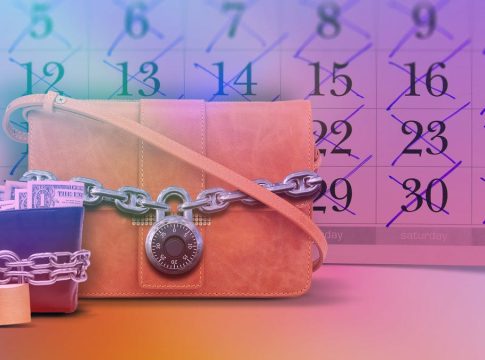Embracing the No-Buy Challenge: A Transformative Journey to Mindful Spending
As rising costs weigh heavily on many wallets, a refreshing trend is gaining traction this summer: the "no-buy July" challenge. Originally popularized on social media, this initiative encourages individuals to take a step back from overconsumption, helping them to save money and reevaluate their relationship with spending.
What is No-Buy July?
The premise of no-buy July, or "low-buy July," isn’t to avoid spending entirely. Essential bills—housing, food, utilities—need to be paid. Rather, it’s about being deliberate with your budget and making conscious choices regarding nonessential purchases. This approach serves as a reset, inspiring participants to tackle bad financial habits and save amidst the current economic climate.
Crafting Your Challenge
One of the best aspects of the no-buy challenge is its flexibility. Participants can customize their rules to fit their unique lifestyles. For example:
What You Can Buy
- Essentials: Housing, utilities, insurance, student loans, groceries, and personal care items.
- Emergency Expenses: Unexpected car repairs and necessary gas for your car.
Personal Allowances
- Pre-planned Events: Spending on activities already scheduled, like a concert or dinner party.
- Limited Subscriptions: Allow yourself one streaming service for music and another for TV or movies.
- Charity Donations: Allocate funds to support causes that matter to you.
What to Avoid
- Dining Out: Skip restaurants and focus on home-cooked meals.
- Entertainment Expenses: Avoid unnecessary discretionary spending, like clothes or concert merchandise.
- DIY Repairs and Services: If you can fix it yourself, do so.
Personal Insights from My No-Buy Month
Taking on a no-buy month provided insights beyond simply trimming my budget. Here’s what I learned:
Rethinking Convenience
I realized that paying for convenience often meant overspending. For example, instead of shelling out nearly $100 for a dog grooming session, I used a grooming tool I already owned. Not only did I save money, but it also felt rewarding.
Rediscovering Free Fun
Limiting entertainment spending opened doors to creative hobbies and activities. I dove into crafting, completed puzzles, and enjoyed nature—all without spending a dime. This shift invigorated my routine and reconnected me with enjoyable pastimes that didn’t involve a price tag.
Socializing on a Budget
I adapted my social life. Instead of costly outings, I hosted potlucks and game nights. These gatherings fostered connection and proved that fun doesn’t always need to come with a hefty cost.
Investing in Joy
The no-buy challenge clarified what truly brings me happiness. This approach allowed me to focus on experiences that matter. For instance, attending a surprise party for my partner became a priority, showcasing the value of relationships over material purchases.
The Financial Impact
Beyond a shift in mindset, I saved over $100 that month, a boost to my emergency fund. The no-buy challenge has equipped me with tools to approach spending more thoughtfully, preventing impulsive buys that previously characterized my financial habits.
Conclusion
My month of mindful spending was transformative—not just financially, but in how I view my relationship with money. I encourage others to consider integrating elements of a no-buy challenge into their own lives. It’s an effective way to save money, rekindle creativity, and cultivate more fulfilling experiences without the burden of financial stress.
If you’re seeking a reset in your financial journey, give it a try—your wallet might just thank you!

Writes about personal finance, side hustles, gadgets, and tech innovation.
Bio: Priya specializes in making complex financial and tech topics easy to digest, with experience in fintech and consumer reviews.

